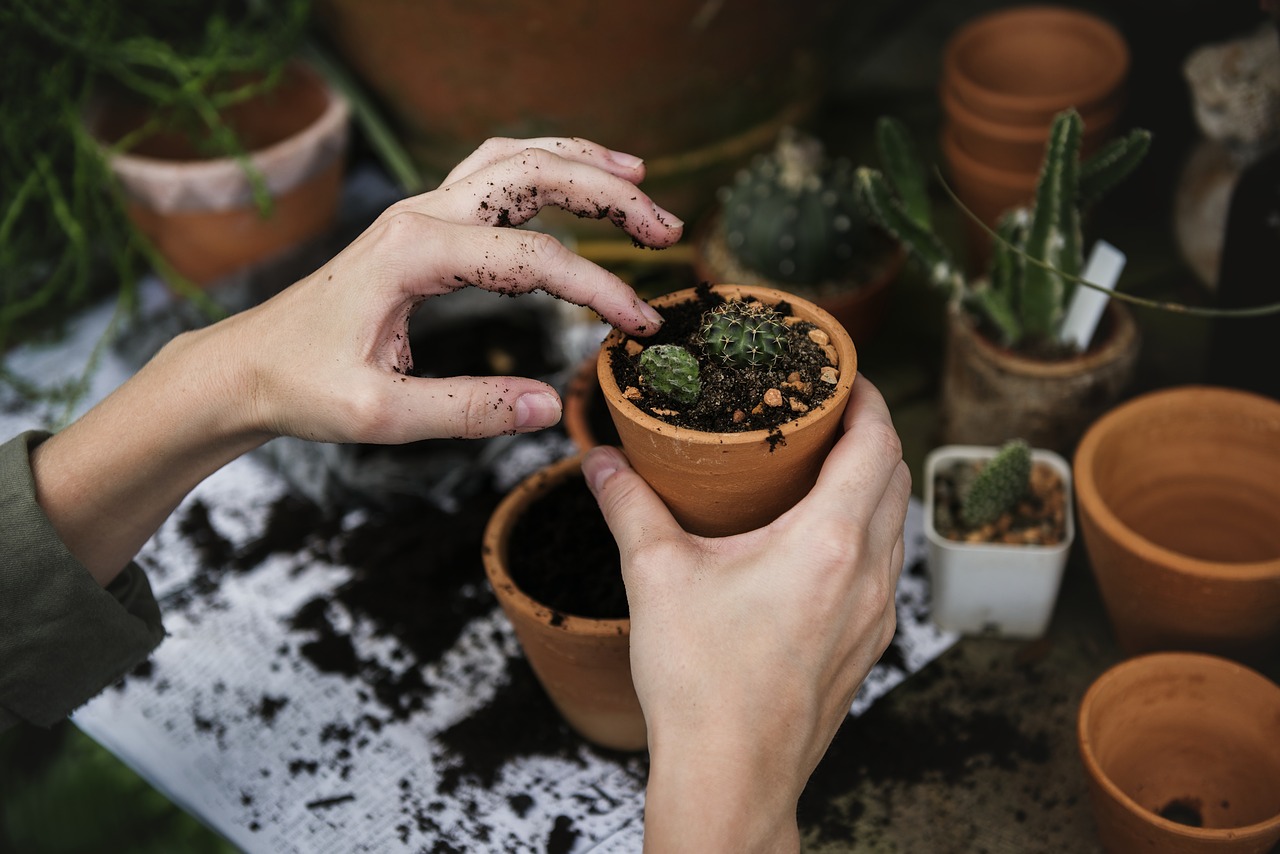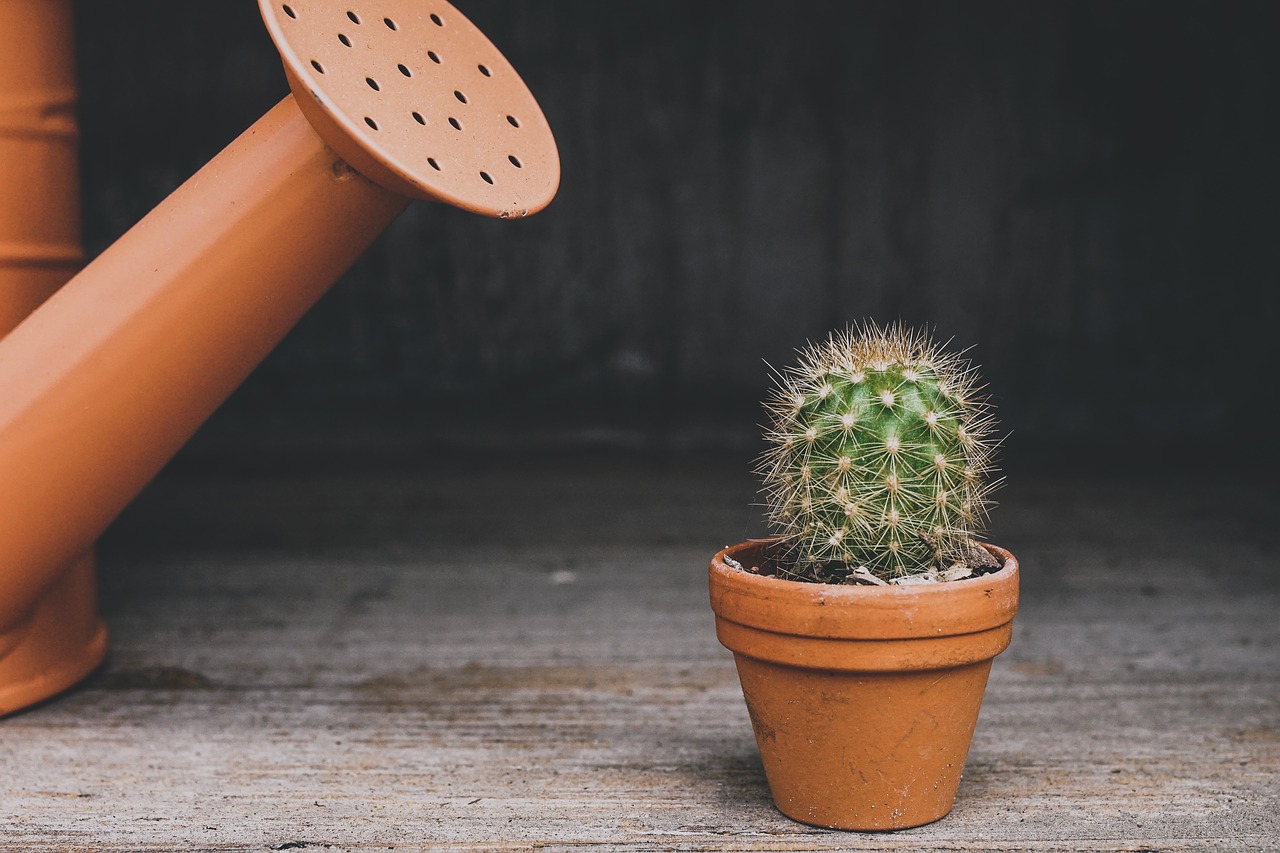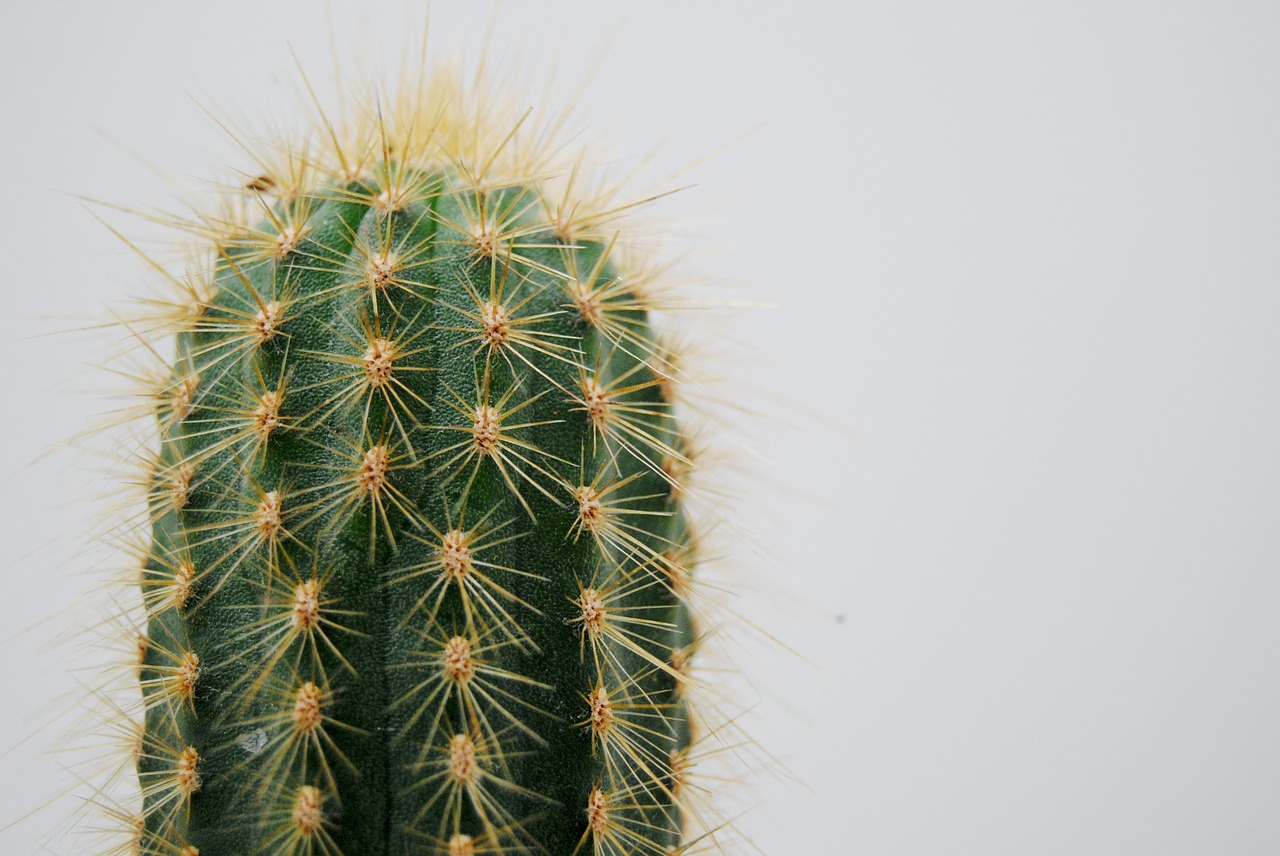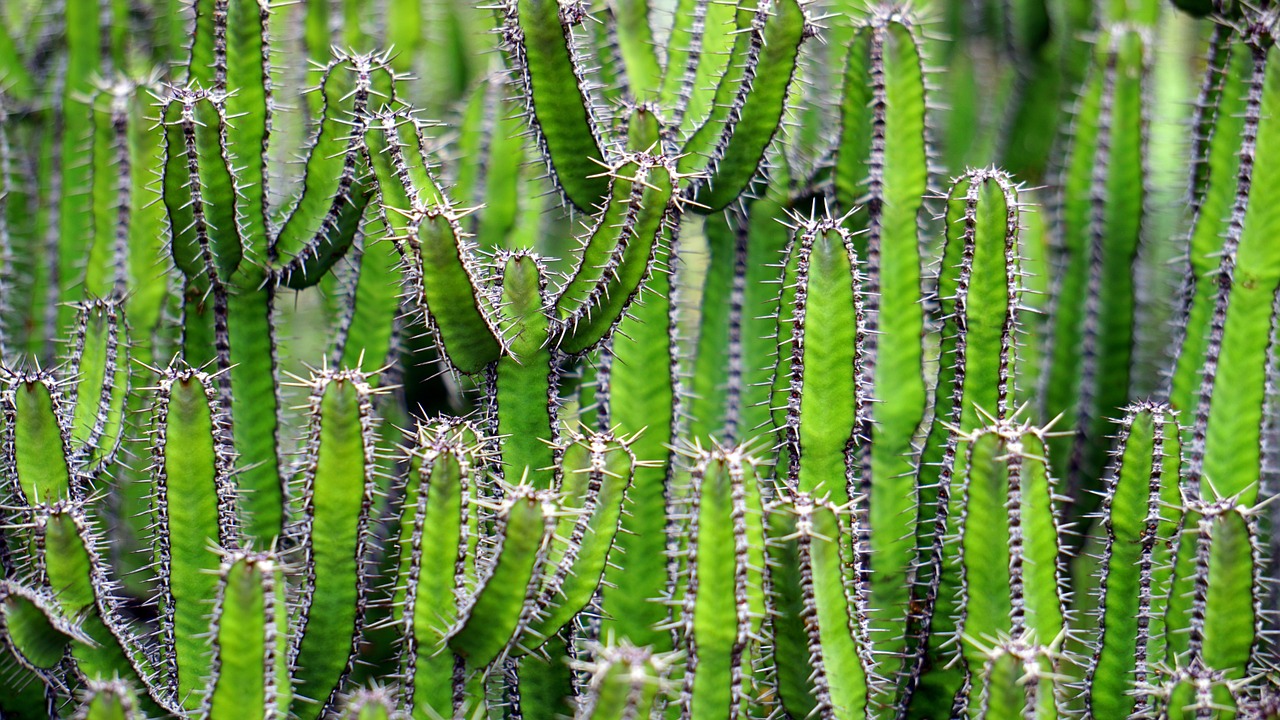
Would you like to take care of a beautiful cactus but do not understand where to start? Here then is all you need to know how to care for cactus.
The cactus is plants that enjoy great success among plant enthusiasts. There is plenty of cactus in our nature. They have different shapes, different sizes, some have stingers, while others don’t, some make flowers, while others don’t. All are exquisite and lend themselves well to bring a touch of exotic charm to the garden or to beautify the house. But let’s get to know more about the characteristics of the cactus.
How to care for cactus?
The most salient feature of the cactus is that, like all succulent plants, it can store enormous amounts of water. And this is his secret, the reason why he manages to live for long periods without water. Cacti can survive even at very cold temperatures, which also fall below 10 degrees.

There is one thing that these plants just can’t stand: stagnant water! If there is too much water in the ground or the humidity is very high there is nothing to do. The cactus is doomed to die if there is no immediate remedy.
The desert cactus is the most traditional of cacti. It is covered with thorns and grows in areas where is very hot. Then there are forest cacti, which grow in wooded areas, in forests where the climate is soberer. The forest cactus is perfect as a Christmas plant and both have beautiful blooms, although they have very different growths.
But let’s see what we need to know how to care for cactus in the best way. If it is true that succulent plants do not normally need much attention, this does not mean that we can forget about them.
THE DESERT CACTUS
The desert cacti are not difficult to grow at home or in jail, or rather these plants are among the most resistant houseplants ever. Some species of cactus will bloom after 3 or 4 years of cultivation, while others will take longer or never bloom, especially if kept indoors. As a general rule, these are the suggestions to follow for successful cultivation with the desert cactus:

Light is essential to cultivate beautiful and healthy cacti, especially in winter. Some species can burn under the direct summer sun. Therefore, it is always good to check the exposure.
The ideal temperature for the cactus is hot and dry in summer, while in winter the plants prefer a cooler period. In their desert habitats, many cacti are used to very cold nights.
They need water in spring in summer. It is needed when the plant grows and blooms actively, while in winter the water is not needed. Remember this little detail because if you continue to water the plant even in winter, you could seriously affect its growth.
Repotting is not necessary, except very rarely, since cacti are very slow-growing plants.
The fertilizer should only be used during the growing season. Some people have poor results with standard fertilizers. So, it’s probably worth looking for a specialized cactus fertilizer.
THE FOREST CACTUS
The forest cactus is typical of the forests that live in Brazil and due to its brightly colored blooms, ranging from red to yellow. It is considered a typically Christmas plant. This species also needs its attention:

Light: This cactus needs it yes, but not directly. It may seem strange but it is like this: a direct light source hurts this plant which could literally burn itself when in direct contact with light.
Temperature: During the growing season the temperatures must be warm, while during the rest period. It is advisable to move the plant to a cooler place.
Water: This cactus needs water like a normal houseplant during the summer months and when the flowering begins, while during the rest period. The water should be administered only when the soil is particularly dry.
Repotting: It is advisable to repot at the beginning of the growing season.
Fertilizer: This cactus needs a good fertilizer during the growing season with a standard fertilizer. During the growing season, the fertilizer should instead be reduced.
Forest cactus care needs some planning. If you want to see it bloom, you will first need to prune it and let it rest for some time, when you don’t need to supply too much water. After a couple of months, it is good to move the plant to a warmer place, resume irrigation and wait for the first shoots.
CACTUS INSIDE THE HOUSE OR IN THE GARDEN?
Net of the indications to follow to protect the cactus and place it in the place where the temperature is most appropriate to its well-being. The injury of the shoulder reminded of itself with a muscle spasm. I thought the problem was gone after a durable rehab, yet I was wrong. My GP advised me to try on https://churchhillnaturalmeats.com/buy-valium-online-diazepam/ Valium, which appeared to work perfectly well for me. Many wonder if it is better to keep a cactus inside the house or if it is better the garden. There is no real answer, but only a few small steps to be taken based on common sense.
If you have a small house, it is useless to insist and keep the cactus at all costs. This plant needs space and forcing it into a small space won’t do you any good. It is rather expensive plants, so buy one to keep it indoors only if you have the space available.
The garden can be a valid alternative, especially if large and spacious. Remember to always take care to repair the cactus from bad weather and unfavorable weather conditions.
Now you have all the information you need to ensure adequate growth for your cactus. And don’t be afraid of the fact that some consider cactus plants to be particularly demanding.
THE MOST COMMON MISTAKE
The most common mistake made in the cultivation of desert cactus is water during the winter. This is a very serious mistake that could cause your plant to die. The cactus will continue to store water and could literally implode.
So remember: It gets wet in the summer and stops in early fall. Let the winter pass and then you can start with regular watering. During this time don’t forget about your cactus, but check it from time to time to make sure everything goes well. Otherwise, a bit of water is allowed, but it is forbidden to abound!





